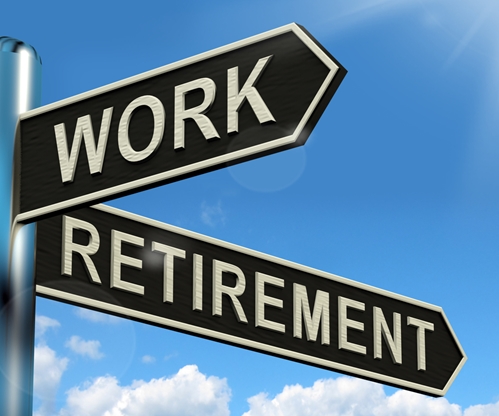
Retirement income, ideally, comes in a variety of forms, from pensions, to life insurance, to Social Security savings to 401(k) growth. But it's the latter of these financial planning devices that fewer Americans are shoring up, largely because employers aren't offering them to the extent that some studies have suggested.
According to U.S. Census Bureau data obtained by Bloomberg, only 33 percent of workers today are contributing to their 401(k)s. This rate, however, would likely be much higher were it not for the fact that businesses often don't include them as a workplace benefit. Census researchers Michael Gideon and Joshua Mitchell discovered that a mere 14 percent of businesses offer 401(k) savings programs or similar defined contribution retirement plans. That's off sharply from previous estimates done by other researchers, who determined that 40 percent of businesses in the private sector offered these or other sponsored retirement savings options.
401(k) reliance less common
This trending away from the 401(k) may stem from business owners themselves not anticipating it being a major source of their retirement income. At 40 percent, a minority of small-business owners said they expected retirement savings accounts – such as 401(k)s, IRAs and Keoghs, among others – to be a prime source of financing their costs of living post-career, according to Gallup. Additionally, 20 percent said they didn't forecast using retirement savings accounts at all.
The same goes for workers who have yet to retire, as well as those who already have. For example, prior to the Great Recession, nearly 55 percent of non-retirees said they would rely on their 401(k) to help them pay for life in the post-working world, Gallup found in a recent poll. That has since dropped to 48 percent. And among people who are already in retirement, just 22 percent draw from their retirement savings on a regular basis.
This wouldn't be too much of a concern if pensions were flush with cash. To the contrary, both public and private pensions are underfunded. What's more, only 10 percent of full-time workers who are over the age of 22 have a traditional pension set up, Bloomberg reported. Among millennials specifically, only 6 percent have pensions in place.
"More Americans are relying on Social Security for retirement."
Barely more than half of U.S. has retirement savings
This goes to the heart of the retirement readiness issue. Among baby boomers – many of whom are either in retirement or will be entering it in the not-too-distant future – just 54 percent of them have retirement savings, according to newly released survey data from the Insured Retirement Institute. That's the lowest percentage in the IRI poll's seven-year history.
To offset their apparent lack of financial preparation, many Americans tap into their Social Security income. Indeed, 60 percent of boomers in the same IRI poll said they expect Social Security will be a prime source from which they'll draw money – a record high for the survey.
Other polls have had similar all-time high findings, including one done by Gallup, in which 36 percent of non-retirees said they'd rely on Social Security upon concluding their careers. It's the highest share since the late 1990s.
With fewer retirement sources from which to draw from, this leaves workers in a bit of a pickle. Adding insult to injury is the fact that nearly half of households in the U.S. today – 48 percent, according to polling conducted by LIMRA – have life insurance policies that aren't sufficient. In other words, these policyholders have coverage, but what they have wouldn't be enough to support them financially for long.
For business owners who offer life insurance benefits as an alternative to 401(k)s, they may want to consider split-dollar financing to pay for the cost of premiums. Split-dollar financing uses the power of leverage to support the cost of premiums so key capital doesn't have to be sacrificed.
For more details on how this strategy can help your business owner clients – and the workers they employ – speak with a GFD financial services advisor.



